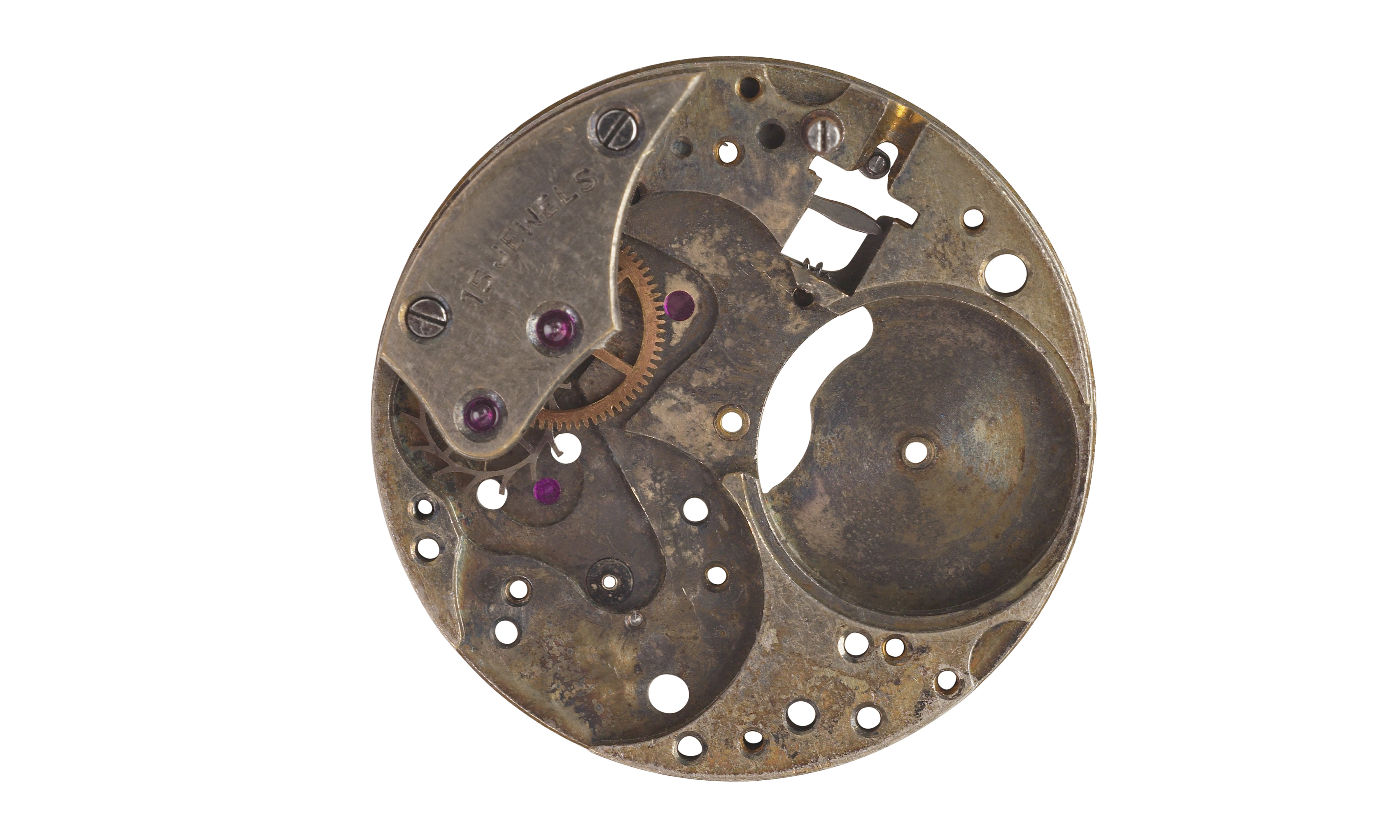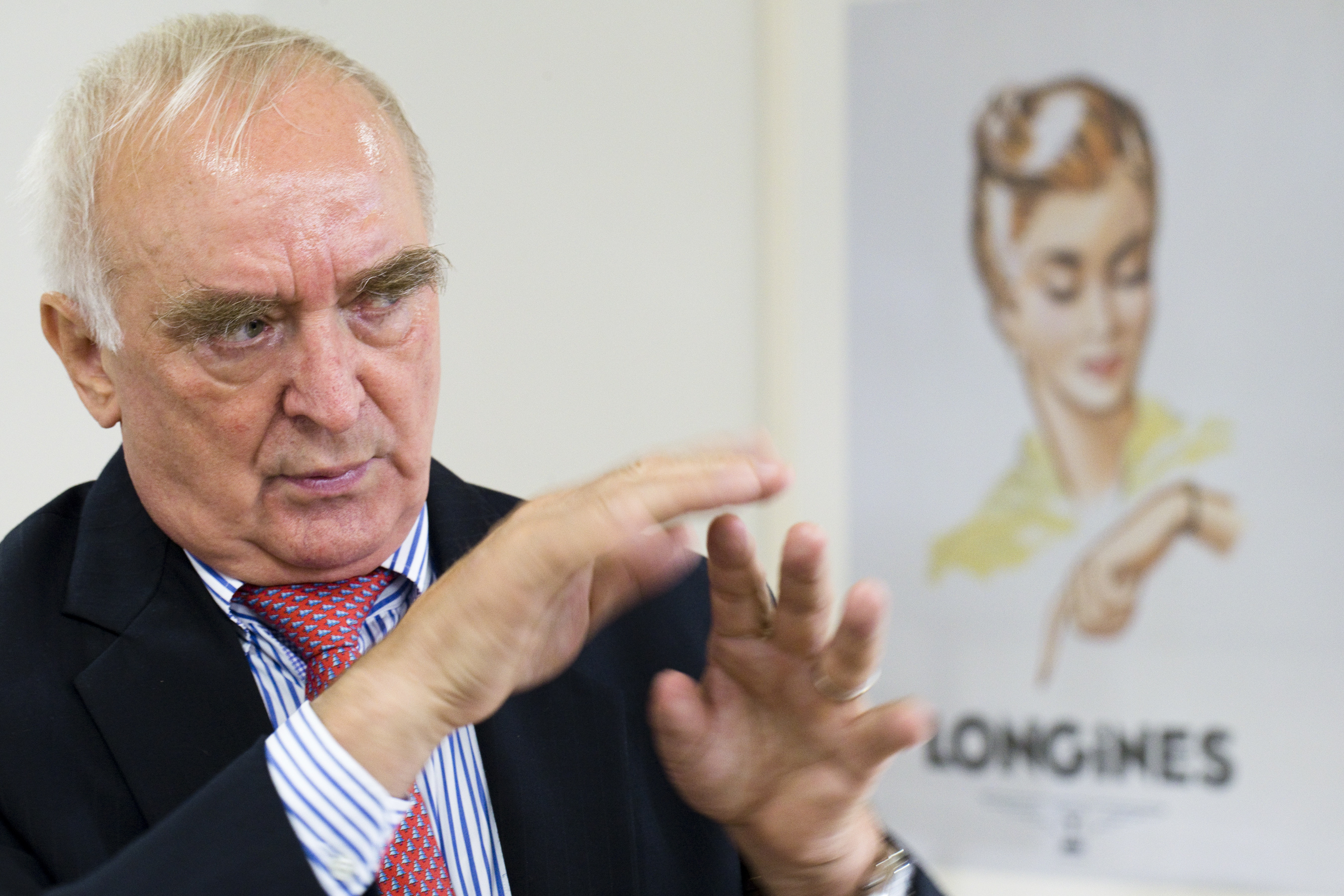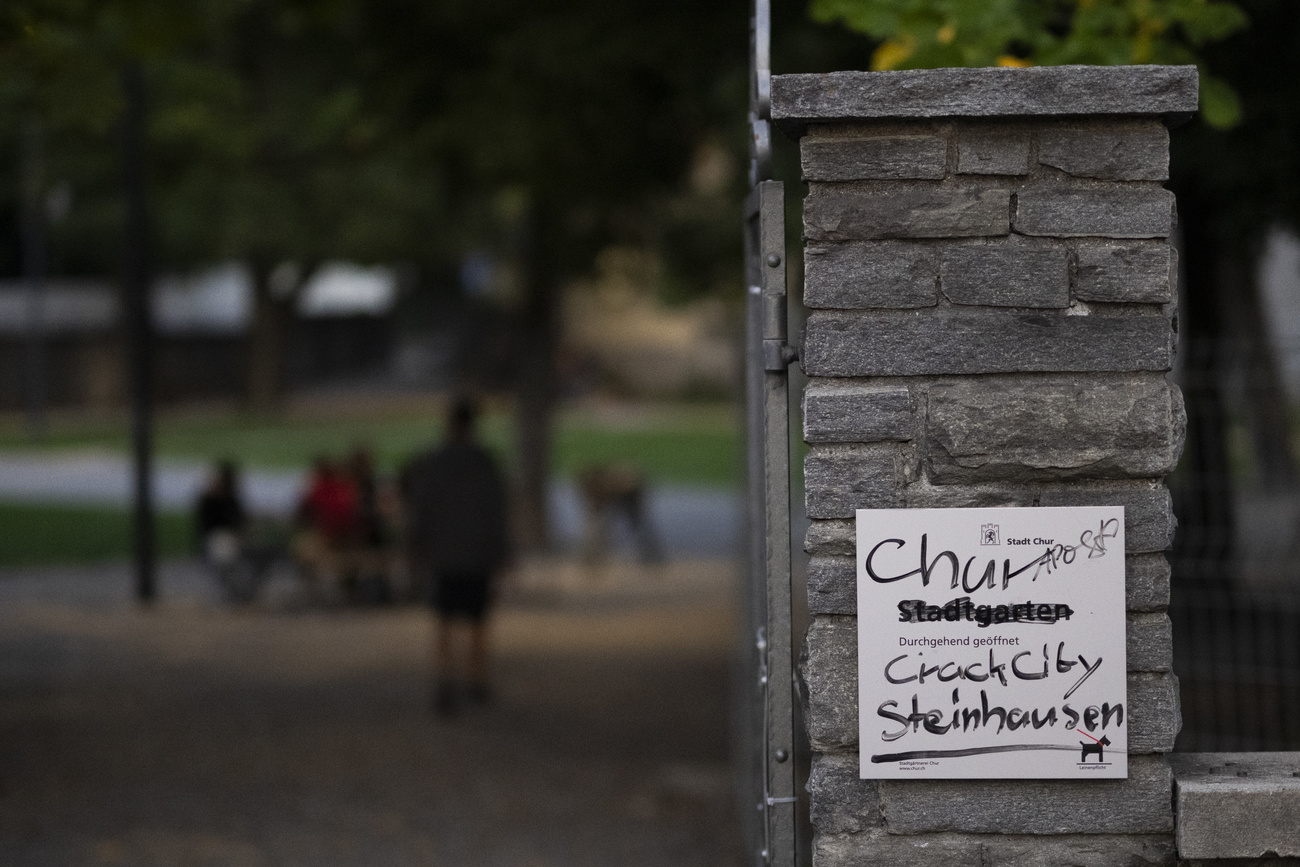Watch industry looks to consolidate good fortune

One reason why watches on display always say 10 past 10 is the warm and fuzzy feeling of a “smiling dial”. While healthy turnover has given Swiss industry reason to smile at this year’s Baselworld trade fair, its watchwords are “less is more”.
Despite the volatile world economy and strong Swiss franc, high-end Swiss watches – which are dependent on exports and sensitive to unstable markets – are selling better than ever.
In 2012, the industry chalked up a record CHF 21.4 billion in exports, a full 11 per cent more than the previous year. Swatch Group alone, which sells not only trendy quartz watches, but also luxury brands such as Breguet and Blancpain, announced a 26 per cent plus for the year.
The increase in demand has spawned the construction of new factories for components and employment in the industry has risen as well.
The recovery from the dark days of the recession has been mainly credited to the emergence of a prosperous consumer class in China, where the gross domestic product has been growing at staggering rates (9.3 per cent in 2011, 7.6 per cent in 2012). In 2011, watch exports to China surged over 48 per cent, putting the country in third place as an importer behind the United States and Hong Kong, a position it maintained in 2012.
Not all industry observers are convinced however.
Gregory Pons, a journalist who runs the Business Montres & Joaillerie webzine, considers the hopes in China as a savior to be something of an illusion, beginning with the fact that export statistics are calculated on the basis of distribution figures rather than actual sales to customers.
Recent political changes are going to affect sales too, he points out, because luxury watches are widely used as corruption currency. “Today, owning one is frowned upon, so the industry is going to quickly lose its glitter there.”
Poor export results for China in December 2012 and February 2013 would seem to bear Pons out, but Jean-Daniel Pasche, head of the Federation of the Swiss Watch Industry, is unperturbed. “It’s no use becoming fixated on statistics,” he told swissinfo.ch. “The figures are just a little less than last year.”
The brands, too, are unfazed by the glitch. “In five years, China will be the biggest market for luxury goods in the world, including for the watch industry,” says Jean-Claude Biver, former CEO of Hublot and a longstanding expert on the industry.
His prediction may well be correct, since the country now has officially 1.1 million millionaires and about 120 billionaires.

More
Keeping old watches ticking over
Cooler heads
Another reason for calm is that other markets, notably the Gulf states and the United States, have been growing well. In addition, about CHF1 billion have been spent on watches inside Switzerland in the past year by tourists from China and elsewhere. This has led to a proliferation of watch boutiques in the main shopping streets of Geneva, Zurich, Basel and Lucerne.
“We are confident in the development of Swiss watchmaking,” Pasche said. “We are currently seeing figures above those of 2012, but we must remain cautious and attentive and not give in to euphoria.”
Such euphoria relates to the overheated and overextended industry which was caught off-guard by the global economic crisis in 2008.
Elizabeth Doerr, a veteran watch journalist and commentator, has noted the return of opulent press trips and events, and the return of a few “monster watches”, as she calls them “ultra-large, ultra-complicated timepieces that no one is ever going to put on their wrist, and that state merely ‘look what we can do’”.
Most brands, however, have avoided extravagance in favour of consolidation. Tweaking rather than brash innovation is the norm.
François Bennahmias, CEO of Audemars Piguet, says this was a conscious decision. “We want to slow down the machine to be more coherent with our brand throughout the planet. Secondly, when we announce the launch of a watch for, say, April, we want to actually deliver it in April – of that year!”
For his part, Patrik Hoffmann, CEO of the independent luxury brand Ulysse Nardin, believes that both the industry and the consumer have learned their lesson from the recession: “The craziness to produce the most complicated timepieces has gone, nowadays less is more,” he tells swissinfo.ch. “There is more brand consciousness out there; it’s more difficult today for a no-name brand to just come with a wild product to enter the market.”

More
Longines oldtimers show newcomers how it’s done
The heart of the matter
Though it may sound paradoxical for such an old industry, the key word going forward appears to be maturity.
It has been partly forced by the recession, but also by the decision of the late Swatch founder Nicolas Hayek to restrict distribution of his group’s ETA movements – the engine and centrepiece of any mechanical watch – to members of the group and select brands rather to any watchmaker wanting to make a timepiece.
Many smaller brands that relied on ETA have had to start looking to other makers. Although little will change aesthetically, prices in the lower segment may rise.
For others, however, independence at all costs has become the main strategy.
“The brands that were prepared to invest in their production tools will have a lot more substance. And substance is the guarantee of any brand’s successful future,” says former Hublot CEO Biver.
Under his leadership, Hublot verticalised its operations by adding high-quality movements to its portfolio. So did Ulysse Nardin, which invested CHF80 million over ten years. This year at Baselworld, the industry’s bigger trade fair, it will be presenting five new movements rather than a spate of new watches.
This goes beyond demonstrating engineering prowess. It is a way to draw consumers into the watch as an object of beauty and mechanical fascination.
For watch industry commentator Doerr, the high competence in handcrafts that has made the reputation of Swiss watchmakers for centuries is the key to the industry’s success and mastering the future. “They must keep their story and the romance alive.”
The value of watch exports rose to CHF21.4 billion in 2012, an increase of CHF2.1 billion, or a rise of 10.9 per cent. This followed “very strong growth” in 2011, which the Federation of the Swiss Watch Industry said was “unsustainable in the long term” and gave rise to a “welcome slowdown” in the summer of 2012.
The Federation noted in February 2013 that while other export sectors were experiencing more difficulties, the foundations of watch industry growth were strong and offered “encouraging development prospects”.
Widespread investment to develop production in Switzerland is being carried out to meet growing demand and the sales potential in emerging markets.
Watch industry exports were comprised mainly of wristwatches, which recorded a value of CHF20.2 billion francs, an increase of 11.5 per cent compared with 2011. The number of timepieces fell slightly to 29.1 million units (-2.2 per cent). The value of other products exported by Swiss watch manufacturers totalled CHF1.2 billion, an increase of two per cent compared with 2011.
The average watch price rose to CHF693, due mainly to an ever-larger share of the most expensive watches. Timepieces costing less than CHF200 (export price) accounted for 68 per cent of total volumes.
During the year 2012, the leading market, Hong Kong, saw growth fall from more than 30 per cent to 6.8 per cent over 12 months. China, the third biggest market after the United States, recorded an even bigger slowdown, dropping from an increase of 50 per cent to virtually zero growth at the end of 2012.
(Source: Federation of the Swiss Watch Industry)

In compliance with the JTI standards
More: SWI swissinfo.ch certified by the Journalism Trust Initiative








You can find an overview of ongoing debates with our journalists here . Please join us!
If you want to start a conversation about a topic raised in this article or want to report factual errors, email us at english@swissinfo.ch.